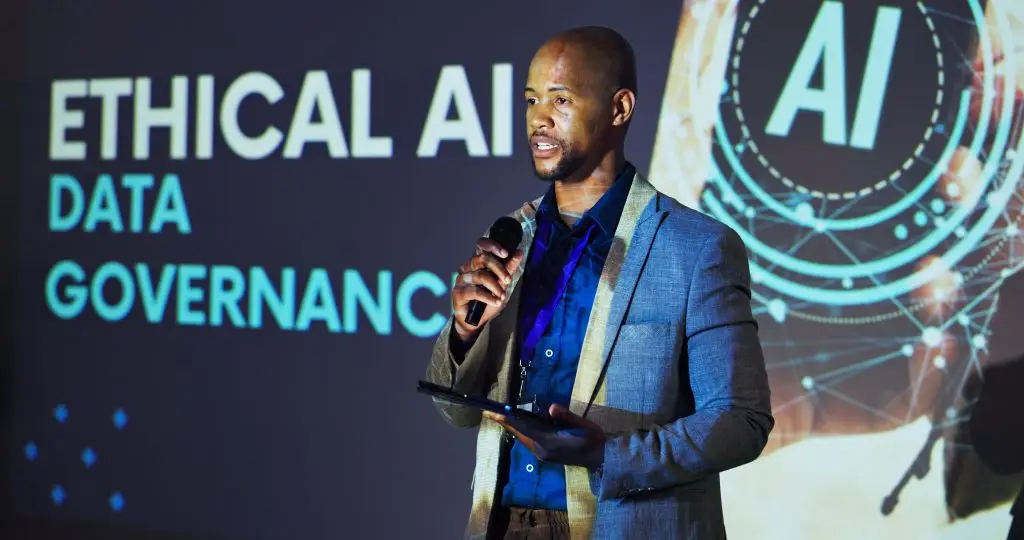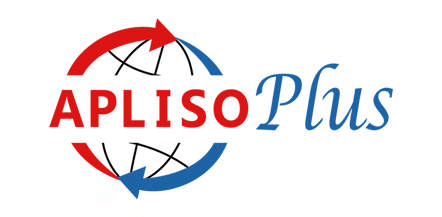What is ISO 14001?
ISO 14001 is the leading environmental management standard. It helps organisations reduce their environmental footprint and improve sustainability practices.
Why is it Important?
Achieving ISO 14001 certification not only ensures legal compliance but also enhances your corporate image. It demonstrates a commitment to environmental responsibility, which can be a decisive factor for clients and partners.
Benefits
- Improved environmental performance
- Enhanced compliance with legal requirements
- Increased stakeholder trust
- Access to new markets

How to Implement ISO 14001
Begin with a Gap Analysis to evaluate your current environmental practices. Develop and implement an Environmental Management System (EMS) to monitor objectives, manage non-conformances, and drive continual improvement.
Who needs it ISO 14001
The need for effective environment management is not only big smoke spewing manufacturing plants, but any business. We all have an impact on waste, and consumption. It is therefore a need in all businesses, from paper usage, transport, electricity, water, waste disposal, etc. More and more clients are starting to decide on who to do business with based on their conscious management of environmental impact.
Common Challenges
The biggest challenge is identifying the goals and measurable values that can be improved upon. ISO 14001 provides a framework around which to build your Environment Management System.
How APLISO-Plus Can Help you with Turning Compliance into Competitive Advantage
APLISO-Plus simplifies documentation, assigns responsibilities, and tracks objectives such as waste reduction and energy efficiency. Our consultant-led support ensures you turn compliance into a competitive edge.
Turn Compliance into Your Competitive Edge – Get Started Today


Frequently Asked Questions: ISO 14001
1. Is ISO 14001 difficult to implement for companies without prior environmental programs?
Not necessarily. While it does require effort and planning, ISO 14001 is designed to be flexible and scalable. Medium-sized companies can start by conducting a gap analysis to understand what’s needed and then develop a phased approach to build the system over time.
2. Do we need to hire an environmental expert or consultant?
Hiring an external consultant can speed up the process, especially if your internal team lacks experience with environmental regulations or system design. However, it’s not mandatory. Many companies succeed by training existing staff and leveraging available guidance documents and tools.
3. How do we ensure our employees are engaged in the EMS process?
Start with clear communication on why ISO 14001 matters — not just for compliance, but for cost savings, risk reduction, and company reputation. Involving employees in goal-setting, audits, and improvement projects fosters ownership and makes the system more effective in the long run.











































